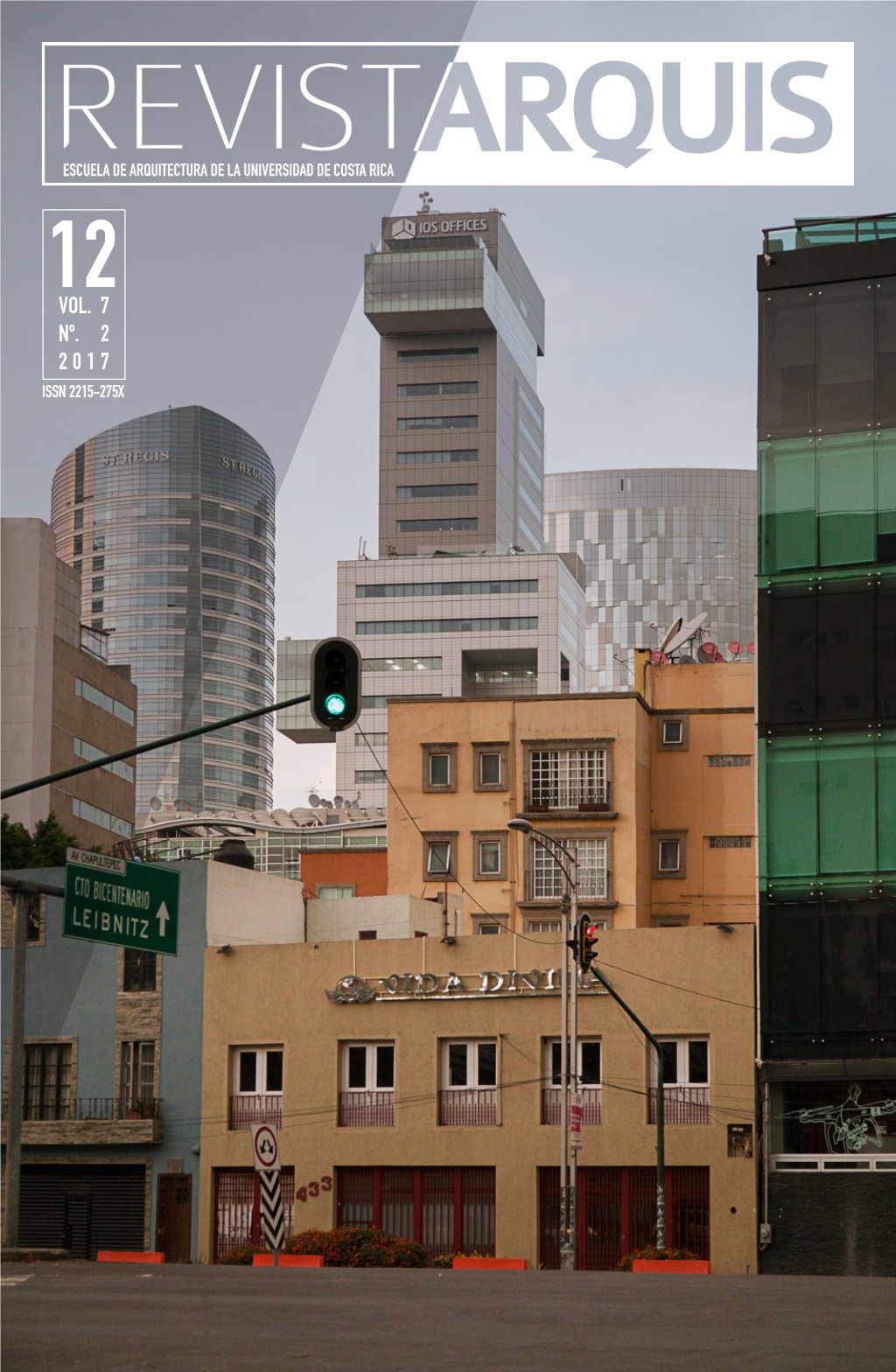Abstract
Spanish American city should be studied from the elements that compose it, from its ancestor to its current complex urban morphology. One of the key elements of development and transformation of the city was its first establishment from that inherent in the approach space that ended up becoming an urban center with one key element: the square. This element of meaning of the colonial city and order of each urban area of the Spanish-American Foundation and such generality is common and has established itself as a pattern that is repeated in all population centers. The analysis of the typology of the square is crucial to understand its evolution and transformation not only as an independent element but also a part of the city that it composes, research focuses on consolidating and characterize the square as a “type” and its variables (shape, location, uses and inmediate context). Choose this space for analysis demonstrates the significance of that urban void within the current dense cities, the choice of these three centuries limits the exercise in finding parameters that one can compare and classificate as inheritance of the Spanish culture within the territory. This kind of typological studies demonstrate the importance of the formation of new urban centers that transformed forever the indigenous territory, and which are still essential in reading the city, which
continue its transformation through that pattern.

